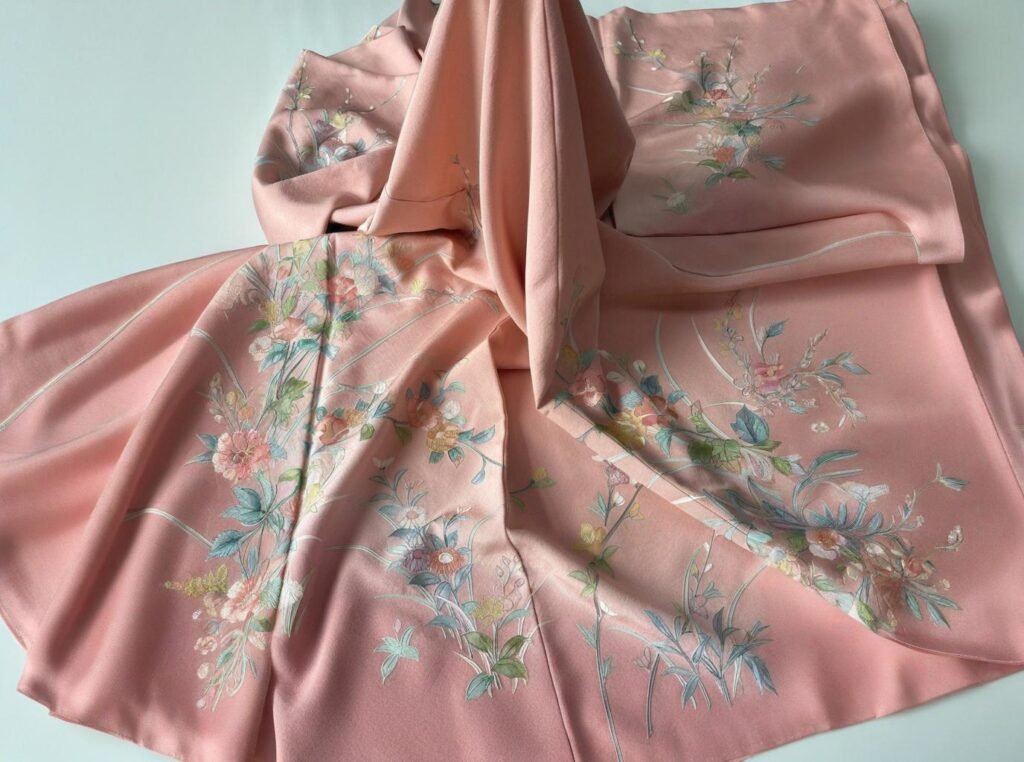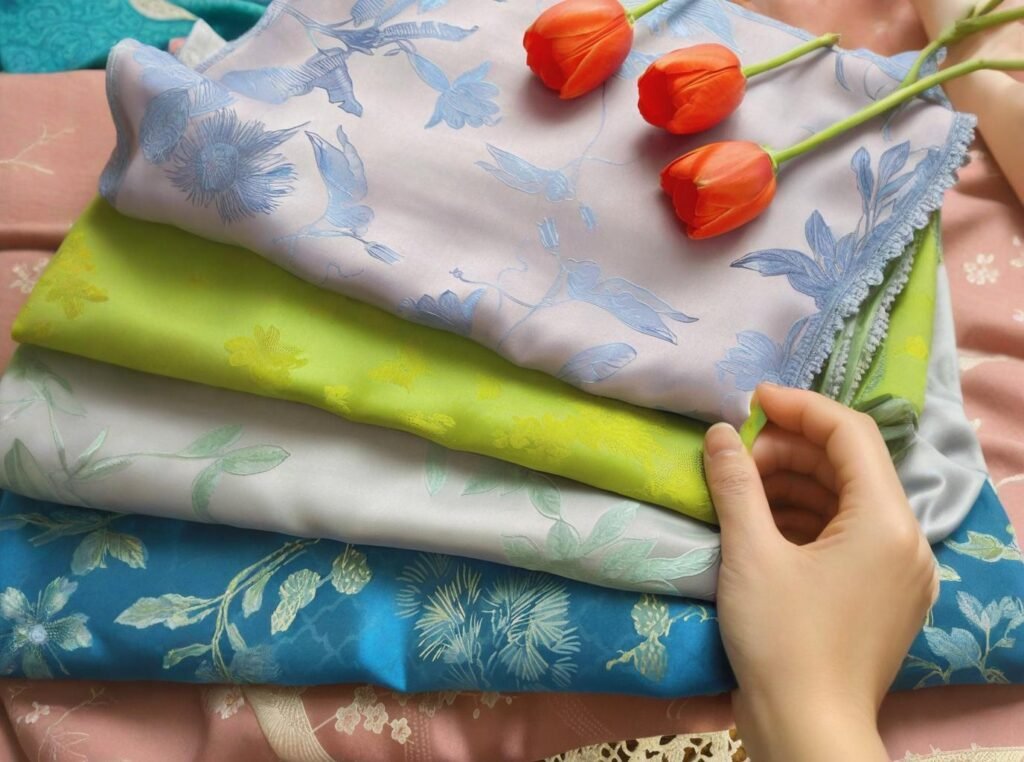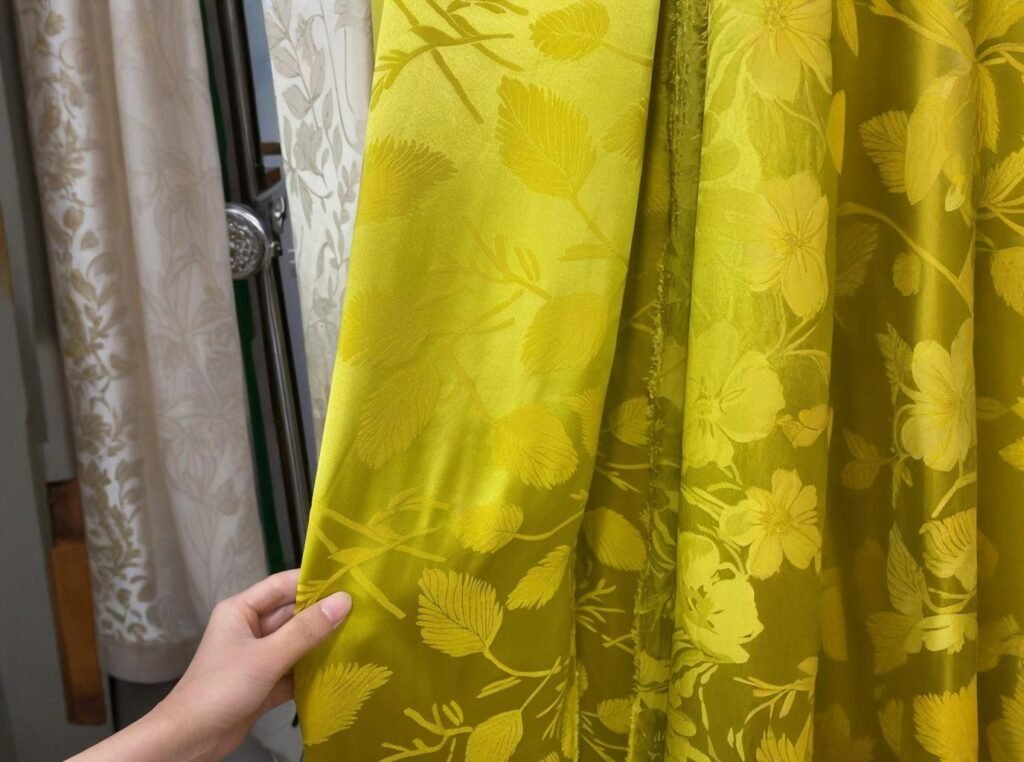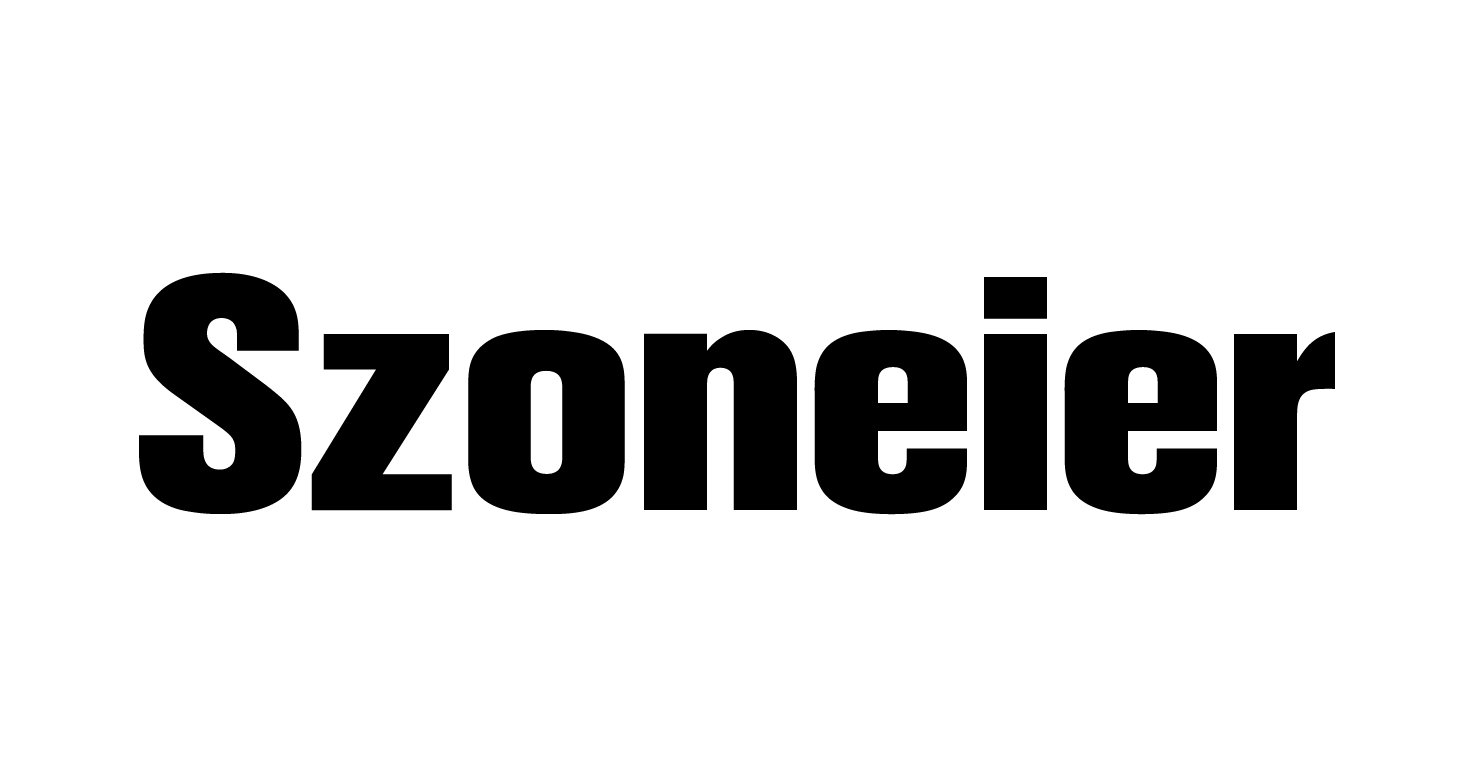Imagine opening a container of gleaming silk and finding half the yardage dotted with slubs or dye streaks—that nightmare scenario drives quality managers to rely on AQL (Acceptance Quality Limit) standards. By defining precise sampling plans and defect thresholds, AQL ensures every roll you import meets your brand’s expectations without testing every meter by hand.
AQL standards set the maximum allowable defects per 100 units in a sample lot, balancing inspection cost against quality assurance.
A luxury linen importer once skipped AQL checks—only to discover 18 % of a silk shipment fell below grade, forcing a costly rework. Since adopting ISO‑2859–1 sampling and category‑specific grading, their defect rate remains under 2 %. Ready to see how these protocols protect your silk purchases? Let’s dive in.
What Are AQL Standards and Why Are They Critical for Silk Imports?

AQL (Acceptance Quality Limit) defines the maximum number of defects allowable in a random sample before a lot is rejected. For silk, where subtle flaws can upcharge waste and guest complaints, AQL provides a statistically sound method: instead of inspecting every yard, you sample per ISO‑2859–1 tables, identify defects as critical, major, or minor, and accept or reject based on pre‑agreed thresholds (e.g., AQL 1.5 for major defects). AQL standards specify the maximum percentage of defects acceptable in a random sample—typically 1.5 % major and 4 % minor for silk imports—allowing importers to statistically validate lot quality while controlling inspection costs.
Defect Classification:
- Critical: Any flaw compromising fiber integrity or safety (tear, chemical residue)
- Major: Aesthetic defects impacting performance or appearance (slubs > 2 mm, dye streaks)
- Minor: Small irregularities unlikely to affect end use (pinholes, slight shade variation)
- Sampling Plans (ISO‑2859–1):
- Lot Size Brackets: 2,001–10,000 m → Sample 200 m for level II inspection
- Acceptance Numbers: AQL 1.5 major → Accept if ≤ 3 major defects in sample
- Cost vs. Coverage: Inspecting 200 m sample reduces inspection time by 80 % compared to 1,000 m, while maintaining 95 % confidence in lot quality.
| Lot Size (m) | Sample Size (m) | AQL Major (%) | Accept ≤ Major Defects | AQL Minor (%) | Accept ≤ Minor Defects |
|---|---|---|---|---|---|
| 2,001–10,000 | 200 | 1.5 | 3 | 4 | 11 |
| 501–2,000 | 125 | 1.5 | 2 | 4 | 8 |
| 150–500 | 80 | 2.5 | 3 | 4 | 10 |
Critical Perspectives:
- Over‑Tight AQL: Demanding AQL 0.65 major reduces defects but doubles sample size—impacting inspection cost and time.
- Tolerance Negotiations: Align defect definitions with end‑use; some minor shade variations may be acceptable for scarves but not for bridal gowns.
Which Quality Grading Systems Apply to Various Silk Types?
Different silks—mulberry, tussah, eri, muga, and noil—carry unique grading schemes based on fiber attributes like denier, uniformity, and natural defects. For mulberry, grading often follows ISO 2062 tensile tests plus visual slub counts; tussah may use ASTM D123 metrics for staple length and impurity thresholds; eri and muga rely on regional standards that categorize based on filament count per bundle and color uniformity. Mulberry silk grading uses ISO 2062 tensile strength and AATCC 20 visual slub counts; tussah grades by ASTM D123 staple length and impurity rate; eri and muga apply regional filament‑count and color uniformity scales—each system tailored to fiber characteristics.
- Mulberry (B. mori) Standards:
- ISO 2062: Single‑strand strength ≥ 3.2 g, elongation within 15 %–25 %
- AATCC 20: Slub count ≤ 2 per 10 cm for 6A quality
- Denier Consistency: ± 1 μm tolerance from nominal
- Tussah & Wild Silk:
- ASTM D123 Staple Length: ≥ 200 mm for top tier
- Impurity Rate Test: ≤ 3 % natural debris by weight
- Eri & Muga Regional Grades:
- Filament Bundles per Gram: Muga ≥ 20 filaments/g for “A” grade
- Color Uniformity Index: ≥ 85 % match across subsamples
- Silk Noil:
- Staple Length: 1–8 mm, grade based on fiber length distribution
- Nep Count: ≤ 5 % by count in 10 g sample
| Silk Type | Test Standard | Key Metric | Grade A Threshold |
|---|---|---|---|
| Mulberry | ISO 2062 | ≥ 3.2 g tensile strength | 6A quality |
| AATCC 20 | ≤ 2 slubs/10 cm | ||
| Tussah | ASTM D123 | ≥ 200 mm staple length | Grade I |
| Custom impurity | ≤ 3% debris | ||
| Eri | Regional standard | Filaments > 20 per gram | “A” grade |
| Muga | Regional standard | Color uniformity ≥ 85% | Premium |
| Silk Noil | ISO staple test | 1–8 mm length | Fine noil |
| Nep count | ≤ 5 % neps | Quality noil |
Critical Perspectives:
- Hybrid Lots: Batches mixing mulberry and tussah pose grading challenges—must negotiate composite criteria.
- Regional Standard Variability: Importers should demand cross‑reference reports when using non‑ISO regional grades to ensure consistency.
How Is the Acceptance Quality Limit Determined for Mulberry Silk?

Arriving at an appropriate AQL for mulberry silk involves balancing risk tolerance with inspection resources. Importers first classify defects—critical (e.g., chemical residues), major (e.g., slubs, shade variation), and minor (e.g., pinholes)—then select an AQL level (commonly 1.5 % for major, 4 % for minor). Using ISO 2859–1 level II sampling for lots over 2,000 m, a 200 m sample yields acceptance numbers of three major and eleven minor defects. This approach maintains a 95 % confidence that the lot defect rate does not exceed specified limits. For mulberry silk imports, defect categories and ISO 2859–1 level II sampling determine AQL: a 200 m sample allows up to three major defects (AQL 1.5 %) and eleven minor defects (AQL 4 %), ensuring 95 % confidence in lot acceptance.
- Defect Categorization:
- Critical (AQL 0 %): Chemical odor, biological contamination
- Major (AQL 1.5 %): Slubs > 2 mm, uneven dye streaks
- Minor (AQL 4 %): Pinholes < 1 mm, slight shade variance
- Sampling Level Selection:
- General Inspection Level II: Balances sample size (200 m) against lot coverage
- Tightened Inspection Level I: For high‑value or new suppliers—125 m sample, stricter acceptance
- Confidence and Risk: AQL 1.5 % major implies a 5 % risk of accepting a lot exceeding the defect threshold; lower AQL increases confidence but also sample burden
- Real‑World Example: A premium fashion importer reduced lot rejections from 20 % to 2 % by shifting from Level I to Level II sampling with AQL 1.5/4
| Inspection Level | Sample Size (m) | AQL Major (%) | Accept ≤ Major | AQL Minor (%) | Accept ≤ Minor |
|---|---|---|---|---|---|
| Level I | 125 | 1.0 | 1 | 2.5 | 3 |
| Level II | 200 | 1.5 | 3 | 4 | 11 |
| Level III | 315 | 2.5 | 5 | 6.5 | 20 |
Critical Perspectives:
- Over‑Inspection Costs: Tightened sampling (Level I) halves sample size but can double rejections if supplier quality drifts.
- AQL Selection as Strategy: Align AQL levels with product value; ultra‑premium lines may justify AQL 1.0 even at higher inspection cost.
What Defect Categories and Criteria Are Used in Silk AQL Inspections?
A rigorous inspection framework distinguishes defects by severity and assigns actionable criteria:
- Critical Defects: Issues that render fabric unusable or unsafe—residual chemicals above permissible limits (tested by GC‑MS), biological contamination, or complete yarn breakage. Any critical defect mandates lot rejection (AQL 0 %).
- Major Defects: Those affecting appearance or performance—slubs exceeding 2 mm, runs, prominent shade bands, or weaving skips. Major defects are capped at AQL 1.5 % (e.g., ≤ 3 in a 200 m sample).
- Minor Defects: Slight irregularities unlikely to affect end use—pinholes < 1 mm, slight weave density variation, or very light shade shifts. These are limited at AQL 4 % (e.g., ≤ 11 in 200 m).
This structure ensures importers focus on faults that truly matter to quality and customer satisfaction. Silk AQL inspections classify defects into critical (chemical residues, contamination), major (slubs > 2 mm, shading bands), and minor (pinholes < 1 mm, slight density variations), with AQL limits of 0 % critical, 1.5 % major, and 4 % minor in a 200 m sample.
- Detection Methods:
- Visual Slub Measurement: Using 10× magnification to measure slub length and frequency
- Shade Uniformity Checks: Gray scale comparison against master sample under D65 lighting
- Yarn Integrity Tests: Tensile checks on random filaments per ISO 2062 for critical break detection
- Chemical Residue Analysis: GC‑MS screening for heavy metals and formaldehyde
- Defect Documentation: Photographic log with timestamps, GPS‑tagged warehouse location, and inspector credentials for traceability
- Disposition Protocols: Automatic rework for minor issues; major defects trigger trimming or price deductions; critical defects lead to full lot rejection
| Defect Category | Examples | Test Method | AQL Limit | Action |
|---|---|---|---|---|
| Critical | Chemical residue > 20 ppm | GC‑MS | 0 % | Reject lot |
| Major | Slubs > 2 mm, shade band > 5 cm | Visual under D65 light | 1.5 % | Trim or discount |
| Minor | Pinholes < 1 mm, minor density variance | 10× magnification | 4 % | Accept or minor rework |
Critical Perspectives:
- Subjectivity in Visual Inspections: Shade and slub judgments can vary—standardized training and inter‑inspector calibration are essential.
- Cost of Rework vs. Rejection: Minor defect reworks may cost more than outright rejections when labor and logistics are factored.
How Do AQL Thresholds Vary Between Silk Weaves Like Charmeuse and Habotai?

Different silk weaves present unique inspection challenges. Charmeuse, with its glossy face and fine yarn floats, may hide minor pinholes but reveal slubs more conspicuously, so importers often set a stricter AQL 1.0 % major for slubs and 3 % minor for pinholes. In contrast, the matte, open structure of habotai can camouflage tiny weave irregularities, allowing a relaxed AQL 2.5 % major and 5 % minor. Tailoring AQL by weave ensures defect limits match the fabric’s end‑use visibility. Uptight weaves like charmeuse typically adopt AQL thresholds of 1.0 % major and 3 % minor, while looser weaves like habotai tolerate AQL 2.5 % major and 5 % minor, aligning defect limits with each weave’s defect visibility and performance requirements.
- Weave Visibility Profiles:
- Charmeuse: High sheen accentuates slubs and shade bands, demands tighter major defect control.
- Habotai: Matte finish masks minor yarn variations, supports looser minor AQL thresholds.
- Defect Impact on Hand Feel:
- Pinholes in charmeuse can snag and run more easily—hence stricter pinhole limits.
- Habotai’s open structure is less prone to runs, making small pinholes less critical.
- End‑Use Considerations:
- Luxury apparel or bedding favors charmeuse AQL 1.0/3 for flawless appearance.
- Lining or fitted accessories in habotai can accept minor defects without customer notice.
- Case Study: A high‑end shirting brand switched charmeuse AQL from 1.5/4 to 1.0/3 and saw customer return rates drop by 60%.
| Weave Type | Major AQL (%) | Minor AQL (%) | Typical Sample Size (m) | Impact on Inspection |
|---|---|---|---|---|
| Charmeuse | 1.0 | 3.0 | 200 | More rejections, lower visible defects |
| Crepe de Chine | 1.5 | 4.0 | 200 | Balanced approach |
| Habotai | 2.5 | 5.0 | 200 | Faster throughput |
Which Sampling Plans and Testing Methods Ensure Reliable Silk Quality Checks?
Reliable inspection hinges on choosing the right sampling plan and test protocols. For most silk lots, ISO‑2859–1 Level II is standard, but high‑risk or first‑time suppliers may merit Level III sampling to catch more defects. Tests include ASTM D1776 seam slippage, ISO 105‑CO6 wash‑fastness, and AATCC 8 crocking to verify colorfastness. Combining statistical sampling with these physical tests creates a robust quality‑assurance regime. Employ ISO‑2859–1 Level II sampling for routine silk checks and Level III for new or high‑risk suppliers, and complement visual inspections with ASTM D1776 seam slippage, ISO 105‑C06 wash‑fastness, and AATCC 8 color crocking to ensure comprehensive silk quality validation.
- Sampling Levels:
- Level I: Smaller sample (125 m) for proven, low‑risk suppliers
- Level II: Standard (200 m) for ongoing quality monitoring
- Level III: Expanded (315 m) for new suppliers or critical orders
- Key Physical Tests:
- ASTM D1776 Seam Slippage: Ensures weave integrity under stress (> 5 mm slippage limit)
- ISO 105‑C06 Colorfastness to Washing: Retains ≥ 4/5 after 5 commercial launderings
- AATCC 8 Crocking: Resistance to color transfer (≥ 4/5 dry, ≥ 3/5 wet)
- Combined Protocol Workflow:
- Visual Inspection: AQL sampling for defects
- Physical Tests: On sub‑samples from the same lot
- Lab Reporting: Consolidated pass/fail and defect breakdown
- Case Study: An importer detected a supplier’s dye bleed issue through AATCC 8 before full‑lot acceptance, averting a \$50K restock.
| Inspection Component | Standard/Test Method | Sample Size | Acceptance Criteria |
|---|---|---|---|
| Defect Sampling | ISO 2859–1 Level II | 200 m | AQL 1.5/4 |
| Seam Slippage | ASTM D1776 | 5–10 strips | < 5 mm |
| Wash Fastness | ISO 105‑C06 | 5 launderings | ≥ 4/5 |
| Crocking (Dry/Wet) | AATCC 8 | 10 rubs | ≥ 4/5 dry, ≥ 3/5 wet |
Critical Perspectives:
- Cost‑Benefit Balance: Level III sampling and full physical test panels add cost; reserve for strategic or high‑value lots.
- Supplier Collaboration: Pre‑shipment inspections with shared findings can drive continuous improvement, reducing future inspection burdens.
How Do Origin, Sericulture Practices, and Processing Impact Silk AQL Results?

Silk provenance and mill processing directly influence defect profiles captured by AQL inspections. Cooperative farms in Zhejiang produce fibers with uniform denier and minimal slubs—yielding major defect rates as low as 0.5 %. In contrast, decentralized wild‑silk sources like tussah often register 2–3 % slub rates, necessitating adjusted AQL or pre‑grading. Likewise, enzyme‑based degumming reduces minor sericin specks by 60 % compared to traditional hot‑water methods, improving minor‑defect pass rates under AQL 4 %. Origin and processing dictate AQL outcomes: Zhejiang cooperative silk shows major defect rates around 0.5 %, while Indian tussah often hits 2–3 % slub prevalence; enzyme degumming cuts minor sericin specks by 60 %, boosting minor‑defect compliance under AQL 4 %.
- Farm-to-Fabric Defect Sources:
- Cooperative Mulberry Farms: Rigorous leaf sorting, climate control → uniform fibers, < 1 % slub rate
- Contract/Smallholder Farms: Variable feed, manual harvest → 2–4 % slub and impurity rates
- Wild/Semi-Wild Silks (Tussah, Eri): Natural neps and color variance → 3–5 % minor‑defect prevalence
- Processing Method Effects:
- Hot‑Water Degumming: 15–20 % minor sericin specks remaining
- Enzyme Degumming: < 8 % minor sericin remnants, smoother yarn surface
- Mill Finishing and Defect Introduction:
- Soft‑Hand Finishes: Can mask minor weave irregularities or create micro‑wrinkles
- Chemical Coatings: DWR or UV treatments may leave residue spots if not evenly applied
- Empirical Case Study: A leading lingerie brand’s pilot lots from two Zhejiang mills showed:
- Mill A (Hot-Water): Major 0.8 %, Minor 3.5 %
- Mill B (Enzyme): Major 0.5 %, Minor 1.4 %
| Source/Process | Major Defect Rate | Minor Defect Rate | AQL Pass Likelihood (1.5/4) |
|---|---|---|---|
| Zhejiang Coop, Enzyme | 0.5 % | 1.4 % | 98 % |
| Zhejiang Coop, Hot | 0.8 % | 3.5 % | 92 % |
| Anhui Contract | 1.8 % | 4.2 % | 75 % |
| Indian Tussah | 2.5 % | 5.0 % | 60 % |
Critical Perspectives:
- Supplier Selection: Prioritize sources and processes proven to yield low defect rates—this reduces rejections and inspection burdens.
- Process Transparency: Require mill process logs (e.g., degumming temperature, enzyme concentrations) to anticipate AQL outcomes.
What Best Practices Should Importers Follow to Maintain Silk AQL Compliance?
To sustain high quality, importers should integrate AQL into a continuous improvement loop: establish clear defect definitions in contracts, audit AQL results quarterly, and share feedback with suppliers. Pre-shipment inspections (PSI) at mills catch non‑conformities early. Implement digital inspection reports with photo evidence and GPS timestamps to trace issues. Finally, develop supplier scorecards based on AQL performance—rewarding low defect rates with larger orders and tighter payment terms. Importers can uphold silk AQL compliance by codifying defect definitions in contracts, conducting quarterly AQL audits, using pre‑shipment inspections with digital reporting, and maintaining supplier scorecards to incentivize low defect rates.
- Contractual Clarity:
- Defect Definitions Annex: Include slub length thresholds, color variance bands, and chemical limits
- AQL Clauses: Specify sampling level, AQL percentages, and acceptance criteria
- Inspection & Feedback Loop:
- PSI Scheduling: 3–5 days before loading to allow corrective action
- Digital Reporting Platforms: Real‑time dashboards with defect analytics
- Supplier Performance Management:
- Scorecard Metrics: Major/minor defect rates, on‑time shipment, rework frequency
- Incentive Programs: Tiered bonuses for defect rates < 1 % and penalties for > 3 %
- Continuous Improvement Workshops: Quarterly virtual or on‑site reviews to optimize sericulture, processing, and inspection methods
| Best Practice | Implementation Frequency | Expected Benefit |
|---|---|---|
| Defect Definitions in Contract | Upon agreement | Eliminates ambiguity |
| Quarterly AQL Audits | Every 3 months | Tracks quality trends |
| Pre‑Shipment Inspection | Each shipment | Early non‑conformity detection |
| Digital Inspection Reporting | Real‑time per PSI | Transparent traceability |
| Supplier Scorecards | Updated quarterly | Drives supplier accountability |
Critical Perspectives:
- Inspection Fatigue: Over‑inspecting can strain supplier relations—balance oversight with collaboration.
- Data Overload: Focus scorecards on key metrics; avoid drowning teams in low‑impact details.
Mastering silk quality through robust AQL standards transforms risky imports into reliable supply chains. By understanding defect categories, tailoring AQL levels to weave types, and collaborating closely with certified suppliers, you ensure every yard meets your high standards without exhaustive hand‑inspection.
Ready to elevate your silk sourcing with precise AQL protocols and expert grading support?
Contact SzoneierFabrics for sample inspections, customized AQL plans, and partner‑level quality assurance.
Let’s weave quality into every shipment—together.

